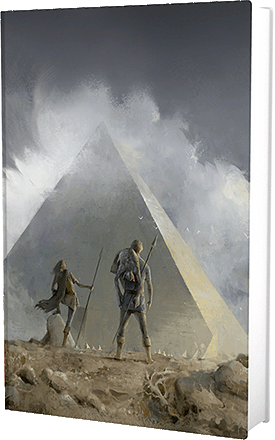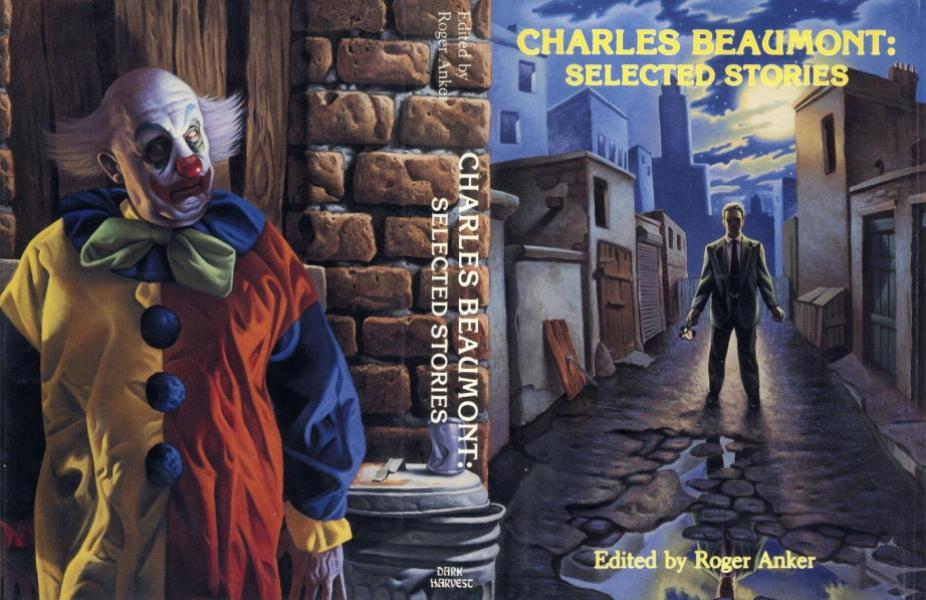In our new virtual reality (isn’t that a joke from twenty years ago?), I was on a video conference call recently when someone asked whether I sorted my books by color. In the foremost shelf in the background there were two or three rows of books from Soho Crime, a publisher specializing in mystery and crime fiction from across the world. This publisher gives each author a unique color for their books, and I happened to be in the midst of buying any such books that I found (not all bookstore display their books, so it’s a random act). Although my books were sorted alphabetically by author, they appeared visually as color-themed.
Since then, I’ve reflected a lot more about how I shelve my books, and why I do it that way. Sadly, I am limited in shelf space, and often find myself either resorting to double-stacking books, or sacrificing them to the used-book market (only the ones I don’t care about, as at best you get pennies on the dollar compared to what you spent for them). I don’t buy as many books these days. A few years ago, when I had lots of shelves, or the ability to add more shelves, or felt the rush of discovery more often, or lived in a city with a genre bookstore, I bought many more books than these days.
Currently, I have an island of bookshelves dedicated only to SF paperbacks, and these are alphabetical by author. Along my main wall I have three tall bookcases dedicated to SF, fantasy, horror hardbacks, many of them first editions or limited editions, mixed in with a few trade paperbacks that are associated with special authors. I’ve a near complete set of Golden Gryphon Press books (I’m missing two), and these are grouped together by that publisher, then sorted by author. There’s one shelf within a bookcase dedicated to Arkham House editions; collecting older works from this publisher is not for the faint of heart, as some prices are astronomical. Other than this, the rest of the books in those bookcases are generally grouped by author, but not alphabetically. I considered grouping my Subterranean Press books together, but for the most part these are with their respective authors.
At eye-level in this core set of bookcases are my favorite authors—Jack Vance takes up two whole shelves (many Underwood-Miller editions) and are books that I’ll always treasure; F. Paul Wilson takes up two shelves (his Gauntlet Press and Dark Harvest editions grouped together); James P. Blaylock fills ones shelf, including ones from Subterranean Press, Morrigan, some regular hardcovers, his Arkham House collection; Tim Powers takes up another shelf by himself, from a mix of publishers. As for the rest, there’s a scattering of others, such as Ray Bradbury, Michael Shea, Fritz Leiber, Robert R. McCammon, Neal Barrett, Jr., Lewis Shiner, K.W. Jeter, Bruce Sterling, William Gibson (authors I encountered in the 1990s and stuck with). Occasionally I move these around as space dictates, but unlike someone I know who has far more books and bookcases available, I don’t organize them solely by author.
To the side of this section of bookcases, I have some other hardcover SF editions, the B-team, so to speak. These are double-shelved, stacked haphazardly, and I never remember what’s in the hidden layer of books. I feel bad for these books and authors, as I’ve read most of the books, and I keep them around for a reason. If my study had more space, I’m sure it all would be different, though I don’t think I’ll ever separate my Golden Gryphon books.
In another corner of my study I generally have non-fiction books, though some fiction books end up there anyway. I’m not sure why my Harlan Ellison books are over there, as he’s a hugely important author in my life. (I do wish some publisher would re-print a nice, somewhat uniform set of his books. I think White Wolf tried, and ran into issues that ended the series.) Also, all my Haruki Murakami books are over there, and Jack Williamson (an incomplete set of his short stories). One day, I’ll organize all my mystery books into some coherent space, and maybe I’ll put my Murakami books more centrally located.
This all makes me wonder, how do people who own several thousand books across multiple genres organize their books? By author? By genre? By their own internal rules, like mine? How do they find their books? For the most part, I know where they are, aside from a few exceptions. I don’t know whether I would separate my Golden Gryphon books, or the Arkham House ones (there are two exceptions: Blaylock and Shea, whose Arkham House editions reside with the author, not publisher).
Is this a trivial exercise? Probably. Then again, things don’t stay that way forever. These days I buy mostly mysteries, though now and then I add a few limited editions to the “special section.” I’m halfway through collecting Centipede Press’ re-issue of Fritz Leiber, with four more planned. Today I added the Gauntlet edition of F. Paul Wilson’s Conspiracies (I probably won’t look for the two trilogies added later, the ones about the younger and young Repairman Jack, as I have these in other hardcover editions). I’d like to buy more Arkham House books, but not at some of the inflated prices I see listed. I’d like to find more Robert R. McCammon books, which I’d stopped reading for many years, and then recently re-discovered. Powers and Blaylock, when they publish new books, and instant additions, regardless of publisher. For new authors, it’s only in crime and mysteries that I venture there these days. Science fiction and fantasy these days has become boring and repetitive. I do wonder, if I magically added some empty bookcases, how would I fill these? Gone are the days I went to SF conventions, where I could browse the dealers’ room. Gone are the days of specialty bookstores, as least where I live. I could buy off the internet, but paying high prices for something you see only in an image isn’t my cup of tea. Maybe it’s a good thing I don’t buy a ton of books these days, anyway. Who has the time to read them all? Maybe that’s a thought for another day.






